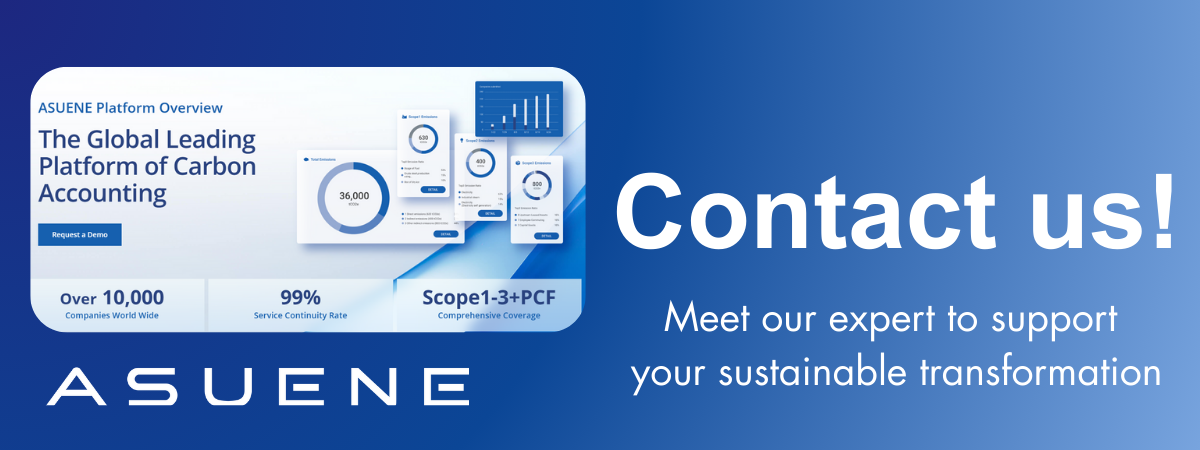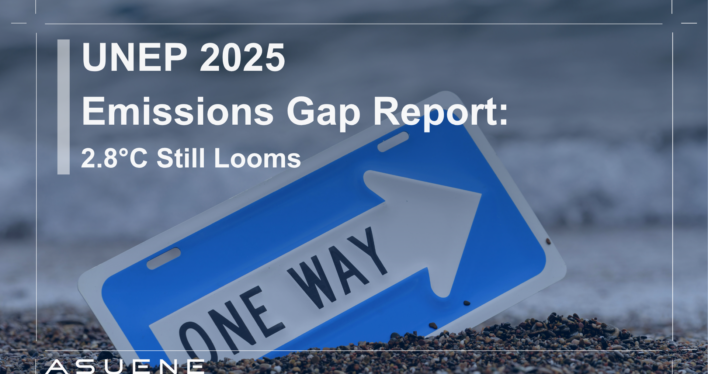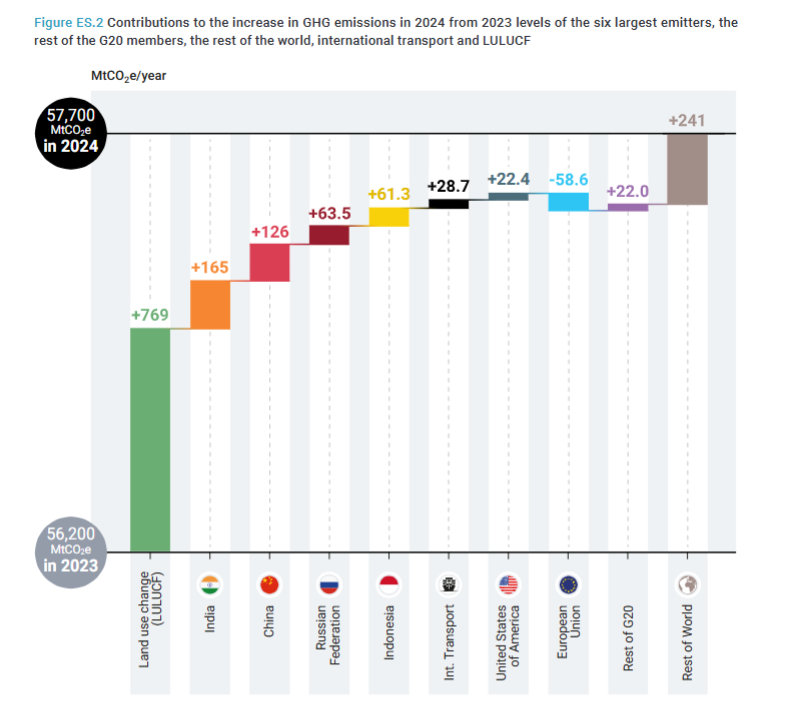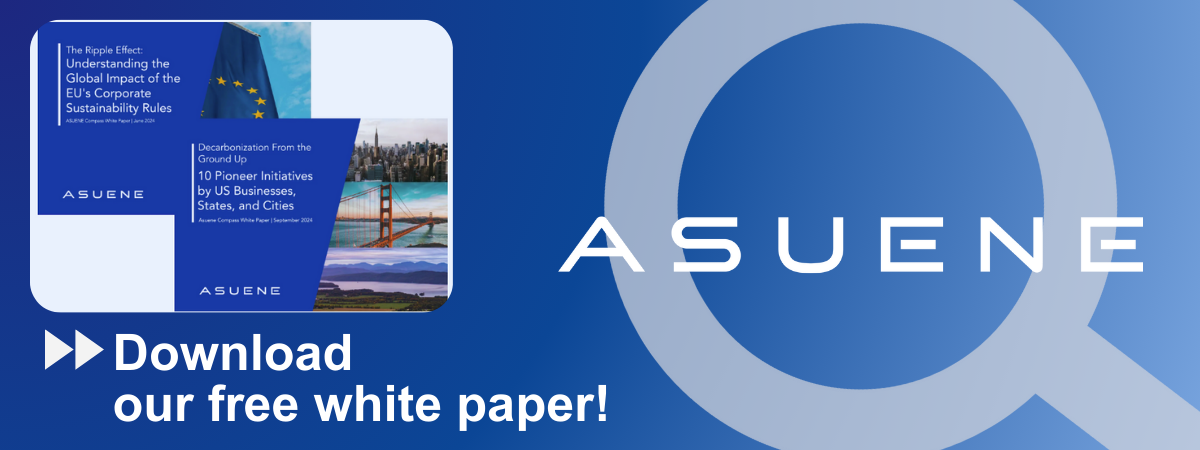- Article Summary
-
Introduction: The World Is Still Overheating
As global leaders prepare to gather in Belém, Brazil for COP30, the United Nations Environment Programme has released its 2025 Emissions Gap Report. The findings are sobering. Current policies place the planet on course for approximately 2.8°C of warming by the end of the century. Even if every country fulfills its 2035 pledges, the world still faces 2.3–2.5°C of temperature rise.
Only 60 Parties to the Paris Agreement, covering 63 percent of global emissions, have submitted 2035 targets. UNEP warns that the world is now likely to exceed 1.5°C within the next decade. The report calls this a decisive decade to accelerate emissions cuts and align national strategies with global climate goals.
What Changed in the 2025 Report
This year’s edition serves as a crucial pre-COP30 checkpoint. For the first time, UNEP includes Nationally Determined Contributions (NDCs) for 2035, giving a clearer sense of future ambition levels. The analysis shows that projected warming under fully implemented pledges has fallen slightly from last year’s 2.6 to 2.8°C to 2.3 to 2.5°C, mainly due to methodological updates rather than major new commitments.
If countries follow only their current policies, the projected temperature rise remains around 2.8°C. The difference is minimal, leading UNEP to conclude that global efforts are “barely moving the needle.”
UN Secretary-General António Guterres stated, “Current commitments still point to climate breakdown.” He urged governments to triple renewables, double energy efficiency, modernize power grids, and stop new fossil fuel expansion. UNEP Executive Director Inger Andersen stressed that while some progress exists, it is far from sufficient, demanding “unprecedented emissions cuts in an increasingly tight window.”
Among the six largest emitters, which are China, the United States, India, the European Union, Russia, and Indonesia, only the EU reduced emissions in 2024, achieving a 2.1 percent decline. Under current G20 policies, global emissions could fall by about two gigatonnes by 2035, mainly due to China and the EU. The EU’s targets of cutting emissions 66 to 72 percent from 1990 levels by 2035 are categorized as “likely to be met with existing policies.”
Who Is Most Exposed
Governments remain at the heart of closing the gap. The G20 produces around 75 percent of global emissions, yet only half of its members have aligned 2035 targets. Delayed implementation, coupled with geopolitical and financial challenges, threatens to slow the energy transition in many regions.
Corporations face growing exposure as climate policy tightens. Expanding carbon pricing mechanisms, mandatory disclosure rules, and heightened investor scrutiny will test corporate resilience. Companies that fail to align may encounter stranded assets, market exclusion, or rising regulatory costs.
Investors also face portfolio risks. Climate misalignment can erode asset value as capital moves toward low-carbon industries. Integrating Scope 3 emissions and transition-risk assessments into financial models will be essential for maintaining credibility with regulators and shareholders.

Business Implications and Next Steps
UNEP’s findings signal that climate alignment is no longer optional. Companies must act immediately to strengthen their transition strategies. Practical steps include:
- Set science-based targets aligned with a 1.5°C pathway.
- Integrate climate transition planning into financial and governance systems.
- Disclose climate risks and progress under CSRD, ISSB, and TCFD standards.
- Invest in renewable energy generation and energy efficiency upgrades.
- Work with suppliers to measure and reduce Scope 3 emissions.
Compliance checklist:
| Action | Benefit |
|---|---|
| Set SBTi target | Align with global 1.5°C benchmark |
| Publish CSRD report | Strengthen transparency and meet EU compliance |
| Achieve 100% renewable sourcing | Improve cost stability and resilience |
| Map and reduce supply chain emissions | Enhance procurement sustainability |
ASUENE supports companies with comprehensive decarbonization strategies. Services include CSRD compliance, TCFD reporting, Scope 3 emission disclosure, SBTi certification, energy efficiency projects, and renewable energy procurement.
Conclusion: From Warning to Action
The UNEP 2025 Emissions Gap Report underscores a stark truth: while there has been slight progress, global action remains far off track. The projected 2.8°C trajectory represents a future of escalating risks and irreversible damage.
For businesses, this is a defining moment. The global economy is shifting toward low-carbon systems, and proactive adaptation will separate leaders from laggards. The actions taken now, before COP30, will determine whether the 1.5°C goal remains achievable and whether companies can thrive in a decarbonizing world.
Why Work with ASUENE Inc.?
ASUENE is a key player in carbon accounting, offering a comprehensive platform that measures, reduces, and reports emissions. The company serves over 10,000 clients worldwide with an all-in-one solution that integrates GHG accounting, ESG supply chain management, a Carbon Credit exchange platform, and third-party verification.
Through its energy management system NZero, ASUENE provides SMEs with the practical tools to make the most of EU funding for energy efficiency. NZero combines advanced technology, consulting services, and an extensive partner network to help companies achieve their net-zero goals. By choosing ASUENE, SMEs gain not only access to reliable carbon accounting but also a powerful EMS platform designed to unlock energy savings and long-term sustainability success.



